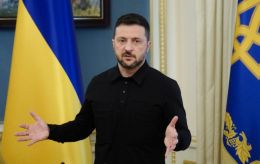Avdiivka encirclement and resource shortage: What's happening on the frontline ahead of winter
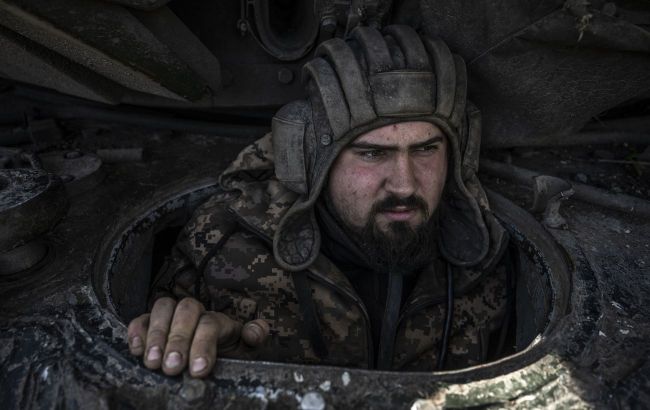 Military in Avdiivka (Photo: Getty Images)
Military in Avdiivka (Photo: Getty Images)
The situation on the frontline is dynamic, changing weekly, but so far it's at a tactical, not strategic level. Below is an overview of what is happening near Avdiivka, what plans the occupiers have in the Svatove direction, and what tactics the Ukrainian Armed Forces use in the Tavria front section.
During the preparation of this material comments from military experts Oleksii Hetman and Vladyslav Seleznov, as well as information from open sources, were used.
Currently, there's almost no frontline where positional battles aren't happening with Russian occupiers. Their primary goal is to determine who will have the initiative during the upcoming winter campaign.
For now, the Russian army is amassing a significant force on the battlefield, enjoying a clear advantage. Ukrainian Armed Forces are engaged in positional battles, defending themselves, and in some areas, they are counterattacking and consolidating their gains. The front is dynamic, with the situation changing weekly, but neither the enemy army nor the Ukrainian forces have achieved significant strategic successes.
Seven kilometers to Avdiivka encirclement
The most intense fighting today is taking place near Avdiivka, which Ukrainian forces have held since 2014. Over the past nine years, the Ukrainian Armed Forces have strengthened their position, including securing the coking plant, a massive facility with numerous underground tunnels. Ukrainian troops have also taken control of the slagheap, a significant achievement for the military.
Russian forces have been trying to capture Avdiivka for nine years now. Since the full-scale war began, the occupiers have been able to reinforce their position with a considerable amount of equipment and manpower, no longer concealing their presence. However, neither intense shelling nor constant "meat attacks" have produced significant results for the Russian army in the direction of Avdiivka.
Until last month, the Russians actively suffered heavy losses in this area, even losing an entire division in the process. The situation with their equipment is also less than ideal, as Ukrainian forces have destroyed over 60 Russian tanks in just a few battles.
However, in the past few weeks, the situation has taken a turn for the worse. The enemy has managed to accumulate a significant amount of resources, both in terms of weapons and personnel. They've relocated human resources from other frontline areas. Now, they are attempting to encircle Avdiivka from the south and north, cutting off Ukrainian forces from the necessary resources, explains Major in Reserve Oleksii Hetman, a military expert.
"They planned not to storm head-on but to encircle it to prevent the supply of everything needed in Avdiivka. We understand that there are operational depots there, and you need to constantly deliver water, and food, and evacuate the wounded. Everything that's needed to support the army for combat operations. There are no stores there. So they're trying to cut off the supplies and control these routes with firepower. In this way, they're trying to drain our forces," Hetman notes in his comment to RBC-Ukraine.
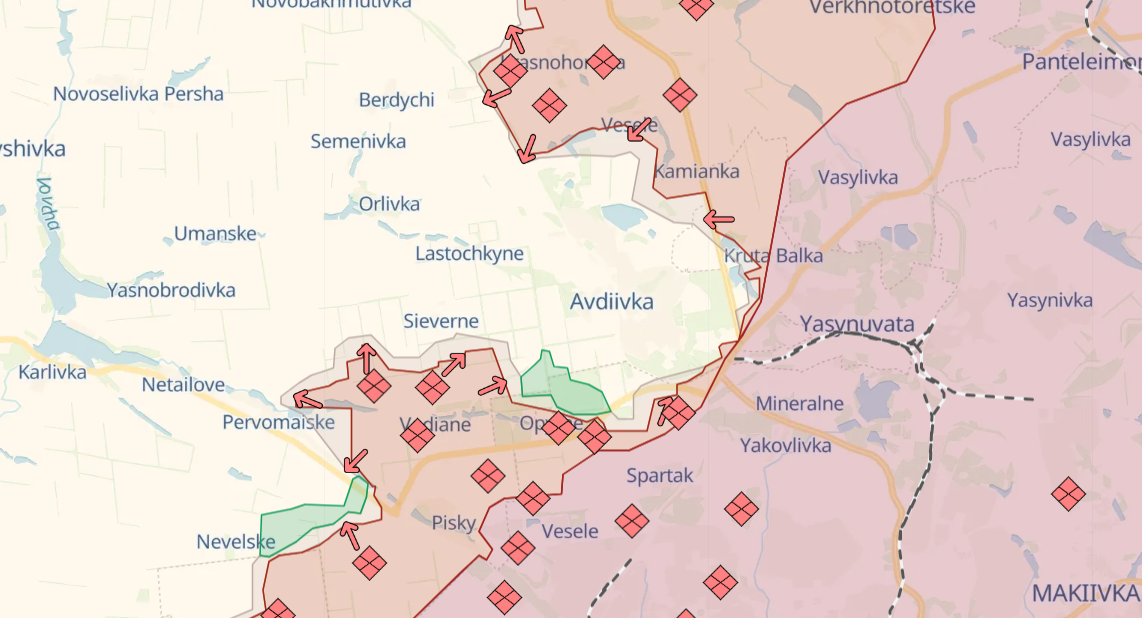 Screenshot of the map of the Avdiivka direction (source: DeepState)
Screenshot of the map of the Avdiivka direction (source: DeepState)
The situation in Avdiivka is extremely challenging, according to military analysts. Today, the occupiers have concentrated about 40,000 troops on this front. They are pressing from the north, Vesele and Krasnohorivka, and the south, from Vodiane and Opytne. They are attempting to encircle Avdiivka. Recently, Russian forces have effectively taken control of the road that connects Avdiivka to the "big land," says military expert Vladyslav Seleznov. Currently, the distance between the "pincers" is just seven kilometers. If they manage to capture Orlivka in the north and the villages of Tonenke and Sieverne in the south, the situation for the Ukrainian forces will be tough.
"The chances depend on the resources of the Ukrainian defense forces. If we have shells, then all their chances will turn into a pile of meat, which the Ukrainian artillery will mix with the ground. If resources are insufficient, the situation will be difficult, and our troops will conduct a maneuvering defense, including retreating to the west of Avdiivka," Vladyslav Seleznov adds.
At the same time, analysts emphasize that there is no particular strategic military sense for the Russians to occupy Avdiivka. In trying to capture this direction, the Russian army is expending human resources, effectively wearing itself out over Avdiivka. The main goal in this case is more political than military – to occupy a city that Russian propaganda has been talking about for nine years and to declare another victory.
"The threat of Avdiivka's encirclement exists. However, we understand that our aerial reconnaissance and military intelligence are working, and we know which units are concentrated against us there. We even know the names of the commanders participating there. We have their psychological profiles to know what to expect from them. If there is a probability that they have enough strength and resources for an encirclement, we will either reinforce it with reserves, or we'll withdraw because no one will leave people in the encirclement," Hetman adds.
Two out of three
The situation is no easier on the Bakhmut, Svatove, and Kupiansk fronts. The Russians have managed to occupy Bakhmut and Svatove, so today they are trying to hold their positions, launch pinpoint attacks, and capture Kupiansk.
In the Bakhmut direction, the Russians are attempting to attack Andriivka and Klishchiivka, defended by the Ukrainian Armed Forces. The main advantage of holding these positions lies in the fact that they are located on dominant heights, allowing the Ukrainian military to move covertly and launch successful attacks.
In some areas, Ukrainian forces have even managed to cut the railway line, but the Russians spare no resources, building fortifications along the road connecting Bakhmut and Horlivka. The task of the Ukrainian Armed Forces is to consolidate near Bakhmut and launch periodic counterattacks, while the enemy's task is to drive Ukrainian forces out of Andriivka and Klishchiivka and capture these positions.
"From time to time, the enemy attempts to attack because they have enough human resources. Gradually, this Ukrainian offensive will diminish because it's a matter of resources. Currently, the battles south of Bakhmut are about the initiative – who will determine the situation on the battlefield and who will be forced to retreat. The key factor that determines the aftermath is resources," noted Seleznov.
In the fight for Kupiansk, the Russians have deployed the Kantemir tank division in this direction, trying to form a so-called armored fist. On this front, the occupiers most often use tanks and armored vehicles today, attempting to break through the Ukrainian defense line. The primary goal is to reach the Kupiansk-junction railway and then cross the Oskol River and force it. However, according to Hetman, achieving this will be very difficult for the Russians.
"Right now, they want to control the railway. From a military standpoint, these are foreseeable actions as long as they haven't succeeded yet," the expert added.
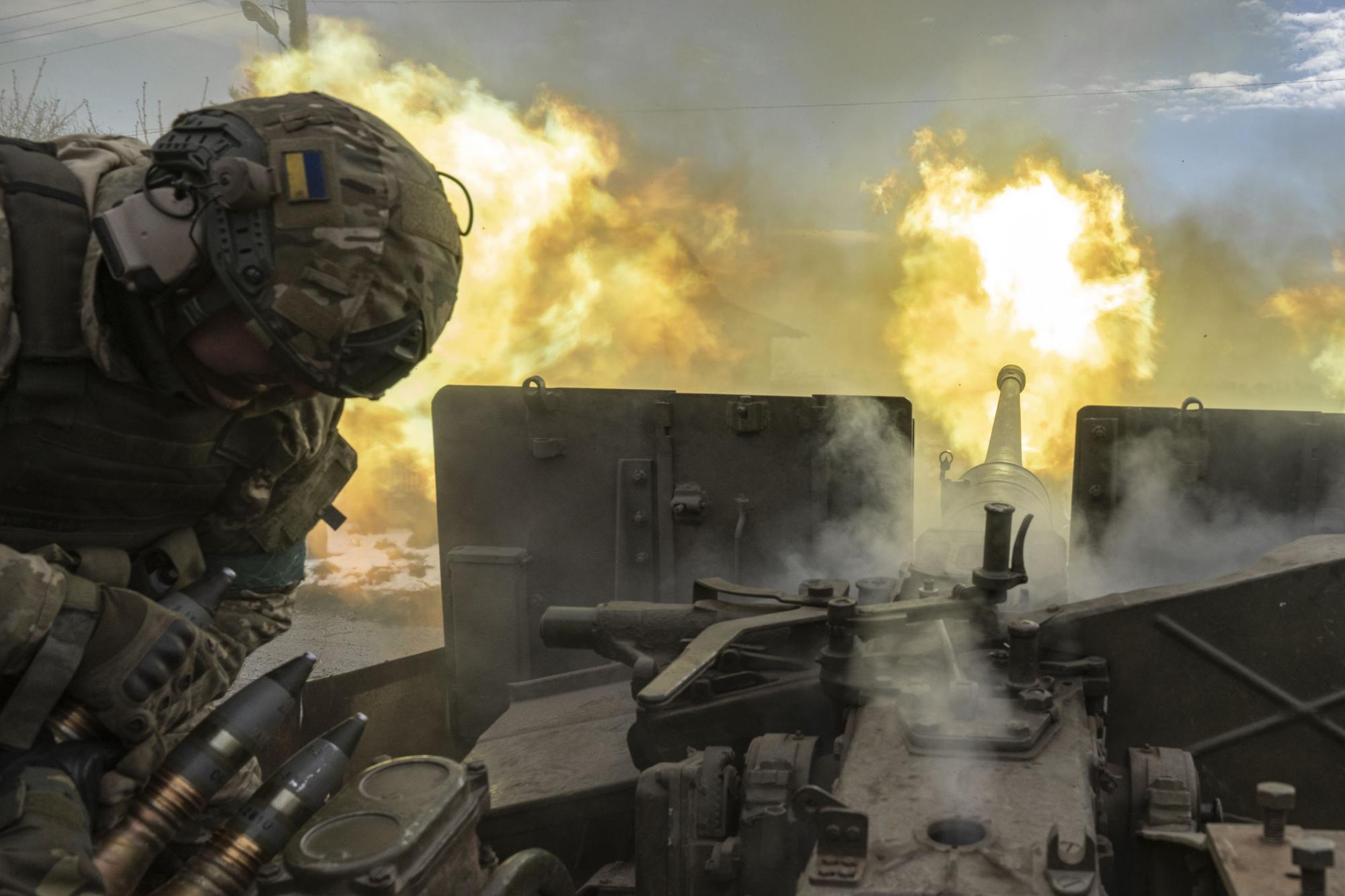
Ukrainian Armed Forces on the Bakhmut front (Photo: Getty Images)
In the Svatove direction, the Russians have quickly shifted some of their units, utilizing the railway for this purpose. Today, their tactics involve trying to find weak points in the Ukrainian defense line, rapidly attacking a specific area with a large number of mobilized forces, and if successful, securing the captured position.
Today, the relatively new 25th unit of the Russian army is working there. It is not as worn out as other military units, so many newly arrived Russian commanders are trying to transform it into territorial gains. However, in this seemingly straightforward scheme of "meat assaults," there is one obvious problem – a large number of military personnel need to be equipped with something.
"The problem for the Russians is that they sent an army that is not properly equipped. If this army were human and they had concentrated enough resources, our situation would be quite dire. But given the discrepancy between the enemy's claimed equipment and actual numbers, the enemy army, having assembled a considerable amount of resources there, still hasn't achieved any territorial gains," Seleznov added.
Therefore, in the Svatove direction, the enemy periodically conducts reconnaissance by battle and attempts to attack Ukrainian positions, but when met with resistance, they withdraw. The enemy's advancements, if any, are tactical. Ukrainian forces are also stuck in positional battles, lacking sufficient resources, which essentially dictate the course of the battle.
Robotyne wedge, new tactics, and threat to the Russian fleet
The fact that Ukrainian forces have captured Robotyne in the Zaporizhzhia region, effectively creating a bulge in the front line, poses numerous challenges for the Russian occupiers.
Ukrainian military personnel maintain this foothold despite active attempts by the enemy to dislodge or encircle them. In this endeavor, Ukrainian Marines have partially aided by relocating several units from Tokmak to the south of the Kherson region. The battles near Robotyne are tactical, with the Ukrainian army acting as an opportunist, attempting to breach the defensive line where feasible, thus expanding their foothold. Here, as practically everywhere on the front, the fight for initiative continues.
A more intriguing situation unfolds in the Tavria direction. Ukrainian forces have moved to the left bank but are advancing not directly but along the river. This strategy makes it more challenging for the Russians to encircle the Ukrainian Armed Forces.
"We're pushing them off balance. They don't know why this foothold is there. But it's there to set up pontoon crossings and transport heavy equipment, enabling attacks from this foothold. They can't know where we do that. It's a very smart tactic," says Hetman.
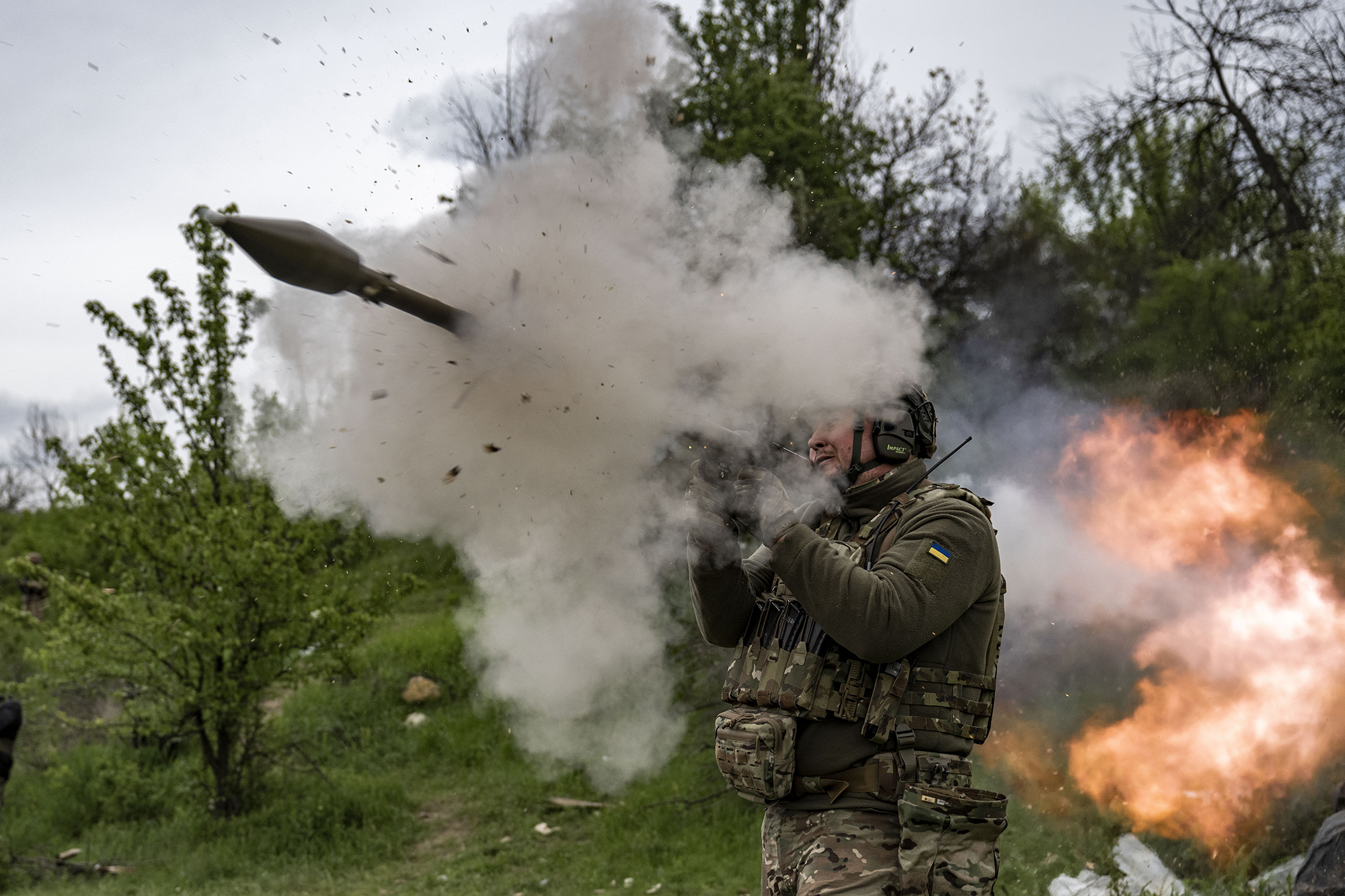
Ukrainian military (Photo: Getty Images)
Furthermore, Ukrainian forces are attempting to push the Russian Navy, which is based in the Black Sea, as far away as possible. Following the attack by SCALP-EG, the Kalibr carrier Askold on November 4 sustained critical damage. According to experts, it is easier for the Russians to build a new missile cruiser than to repair Askold.
"They still have submarines and surface ships, but this complicates their logistics. This is just the beginning; we will gradually destroy the Russian fleet," Hetman added.
***
Today's battles along the frontline are challenging to label as successful for both sides - neither the Ukrainian Armed Forces nor the adversary can achieve strategic success. The combat operations are dynamic - Ukrainian forces and the occupiers can periodically seize or relinquish small portions of territory, but there has been no significant breakthrough so far. The Russian army faces recruitment issues, but they manage to replenish their ranks with 20,000 mobilized soldiers each month, which means they've concentrated nearly half a million troops on the front today, almost three times more than at the beginning of the full-scale invasion.
Ukrainian forces suffer from resource shortages. The Ukrainian Armed Forces require ammunition, artillery, drones, combat aircraft, and a significant number of personnel. Until at least some of these needs are met, expecting rapid advances is unrealistic.
Meanwhile, despite numerous sanctions, Russia has managed to place its military on the rails and supply its army with inexpensive yet effective equipment. According to analysts, this is the dead end mentioned by the Commander-in-Chief of the Ukrainian Armed Forces, Valerii Zaluzhnyi, in an interview with The Economist. Apart from the assistance of partners, which falls short, the Ukrainian state must get on the same track.
"When that's done, we can expect a quicker advancement. We are not weak; we're doing fine. We've stopped a massive army. But today, we lack the forces and resources we need," Hetman concluded.
